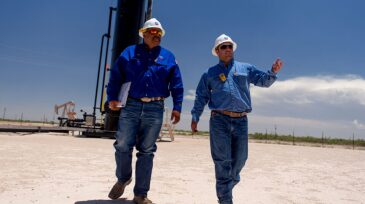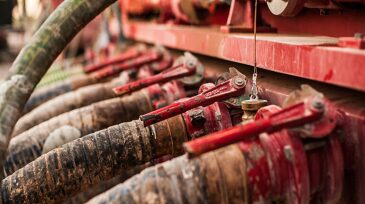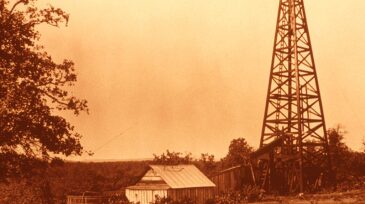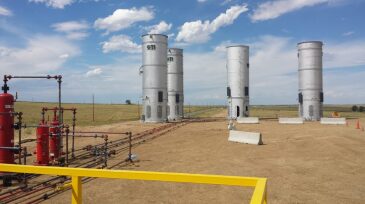Permian Basin
-
As tight-oil producers move to curtail production, hard-to-answer questions are being raised about how shuttered wells will come back. The issue reveals key uncertainties about the delicate flow paths that define unconventional reservoirs.
-
While many shale producers are racing to cut costs by removing crews from the field, ExxonMobil and Chevron stood out as maintaining large numbers of fracturing crews.
-
As studies point to increased emissions, ExxonMobil is stepping up efforts to detect and mitigate methane release.
-
ExxonMobil and Halliburton made additional cuts in spending and personnel.
-
The combined effect of COVID-19 and an ongoing oil price war has ushered in one of the worst downturns for the energy industry in modern history. Yet, a bright side is shining through; flaring levels in the Permian Basin have fallen sharply and will continue to decline, a Rystad Energy report shows.
-
This paper discusses a prescriptive analytics framework to optimize completions in the Permian Basin.
-
The notion that the state of Texas could help oil producers by limiting production at a time when the market is glutted has a real history in Texas, but an iffy future.
-
Led by Texas and New Mexico, year-over-year crude output jumped by 11% according to the US Energy Information Administration. Going forward, new records will be set but at a slower pace.
-
Instead of burning money, why not make electricity? This is the big pitch being made by a growing number of technology companies who see green every time they see a red-hot flare burning associated gas.
-
NGL Energy Partners announces acreage dedication for Delaware Basin water transport and disposal










